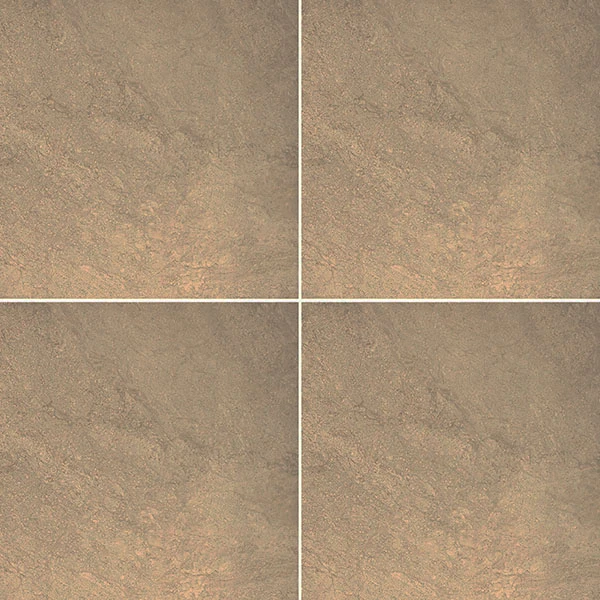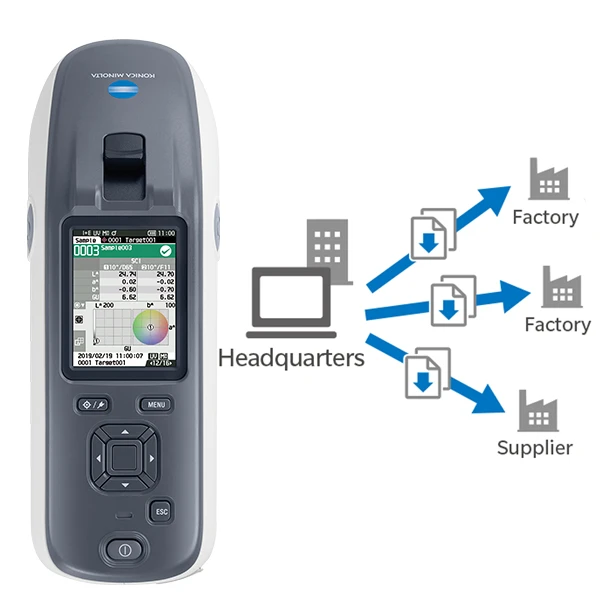Ceramic Tiles Measurement and Classification

Ceramics classification is an important process in the ceramic tiles industry. Color and shade is one of the main indicators used to classify ceramic tiles quality. The process of classification can be carried out visually. However, this method is both subjective and time consuming. Fast and objective classification can be achieved using color measuring instruments and CIE L*a*b* color space.
During procurement, the price and quality of ceramic raw materials like clay, quartz and feldspar are determined based on their color. Sample are first taken to make ceramic bisques before measuring and sorting them according to their lightness (L*) and yellowness (b*) values.
Shade difference among ceramic tile is inevitable. Almost every ceramic tile has some degree of shade variation. A shade classification system is commonly used to define and sort tiles into different shade groups. A reference standard L*a*b* values are first defined for each shade group and thereafter, ceramic tiles are measured to determine which shade group they belong to.
Konica Minolta Spectrophotometer CM-25d, with high repeatability of σ∆E*ab 0.04 and good inter-instrument agreement of ∆E*ab< 0.12 (average of BCRA 12 Tiles), ensures measurement result remains consistent even between multiple units. Check out this white paper to learn more about the measurement and classification of ceramic tiles.
Alternatively, get in touch with us for a free consultation with our color specialists to understand more about CM-25d or ceramic tiles color and shade measurement.

